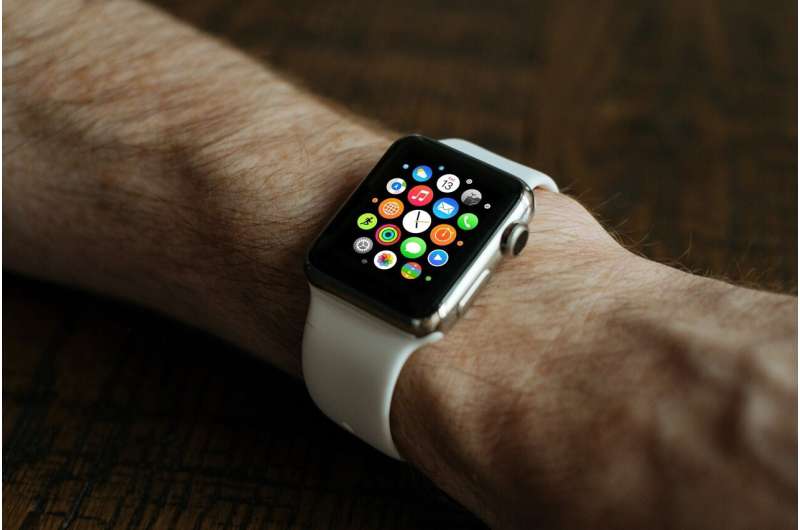Fashion
Fashion and tech now intertwined, researcher argues

Fashion is found on runways, shop windows and the accounts of social media influencers. Until recently, Varun Grover, Distinguished Professor at the Sam M. Walton College of Business, and other information systems researchers had considered fashion and technology uncomfortable bedfellows.
“Most of the time when we talk about technology, we’re talking about utility,” said Grover, who also holds the George M. and Boyce W. Billingsley Endowed Chair in Information Systems.
Today, when TikTok, Apple Watches and VR headsets shape culture, however, fashion and consumer technology are intertwined.
In a paper published in Information Systems Research, Grover breaks down how IT becomes fashionable, what makes IT fashion different and how fashion influences a consumer’s decision to buy a new device.
The ever-shrinking size of electronics has made fashion a more important factor in IT. Today we can hold a powerful computer in our hand or wear one on our wrist. The IT we carry around can signal that we consider ourselves a member of an in-group. The tech we buy can also be a form of self-expression.
“This marriage of utility and aesthetics is unique today,” Grover said.
Demand for novelty
“You cannot have a technology that’s fashionable unless it has something novel in it,” Grover said.
Novelty has always been part of fashion. But with technology, the novelty could come from both the design and the utility. A device could become fashionable because it does something better or different than what came before.
Unlike the life cycle of a normal product, in fashion the initial growth is explosive, attracting attention and becoming a social phenomenon. When the growth ends, the item is “out of fashion.”
The key finding is that consumers see fashion at the societal level when it is widely adopted and embraced by people with prestige and influence, like actors, online influencers or other elites. They also see it at the individual level when it fits their self-image.
The winds of fashions
Grover and his co-authors confirmed that fashion influences attitudes toward consumer IT through a survey with more than 200 participants. They even found that when people decide to adopt a new technology, if it is fashionable, then the device’s utility matters less.
“There is a segment of society that is very sensitive to fashion. So optimizing on utility and sub-optimizing on aesthetics will probably not maximize your market penetration,” Grover said.
Not all consumer technologies can be fashionable. Companies might decide that focusing on utility, even if it leads to a bulkier or less elegant device, is the right approach.
A company can use social media, influencer campaigns and other promotions to sway consumers. But fashion is fickle. No business can guarantee an IT product will catch fire with customers.
“Things can go viral or not go viral, and the company doesn’t have direct control over that,” Grover said. “And companies like to be in control of their products and how they’re going to be received in the market.”
More information:
Varun Grover et al, Fashionable Consumer Technology, IT Fashion, and Consumer Behavior, Information Systems Research (2024). DOI: 10.1287/isre.2020.0084
Citation:
Fashion and tech now intertwined, researcher argues (2025, April 4)
retrieved 4 April 2025
from https://techxplore.com/news/2025-04-fashion-tech-intertwined.html
This document is subject to copyright. Apart from any fair dealing for the purpose of private study or research, no
part may be reproduced without the written permission. The content is provided for information purposes only.

